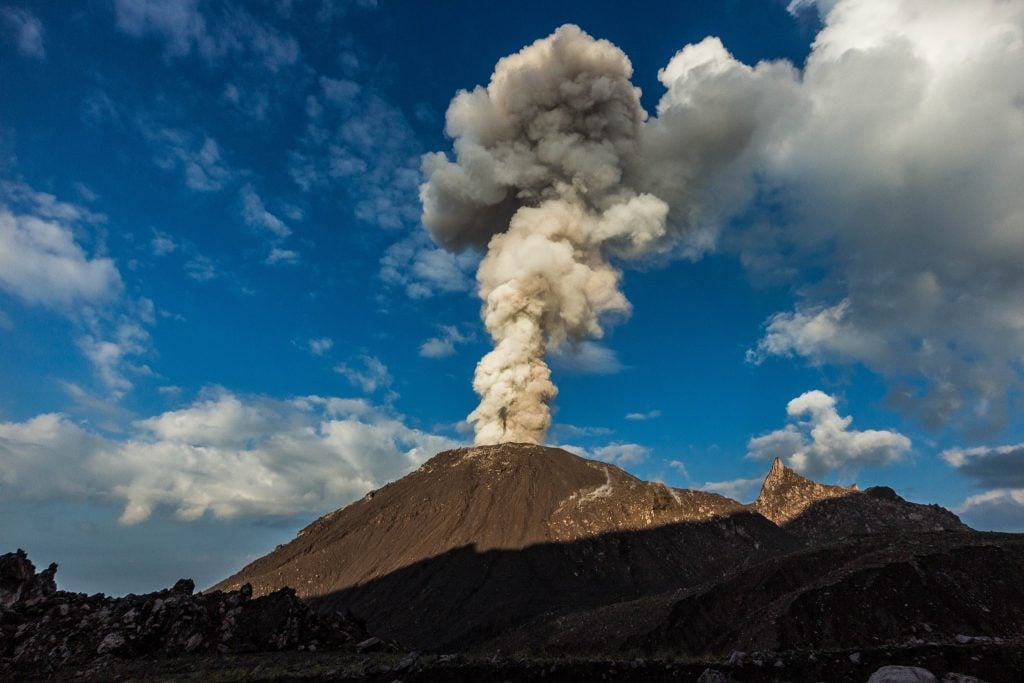

To really find out what submarine volcanoes are up to, it helps to zoom out.

At that point, it’s too late to warn anybody. The heat signatures of submarine volcanoes will only ever be visible at the sea surface if a volcano is in shallow water and already erupting hot lava. For submarine volcanoes, these are harder to spot. Installing this equipment does not come cheap though, and it’s not possible to do it everywhere.Īn impending eruption can be detected in subtle temperature increases on the volcanic surface. This research has helped reveal the seismic precursors of a submarine eruption – the signs that one is imminent – similar to what scientists had already documented in volcanoes on land.
#RECENT VOLCANO ERUPTION INSTALL#
Scientists have managed to install equipment that detects tell-tale tremors on the sea bed before.

To make things trickier, many known submarine volcanoes are found far from land, and being underwater prevents scientists from observing any changes by conventional means. Submarine volcanoes are pretty much ubiquitous in all of the world’s major oceans and it’s estimated that 75% of the Earth’s magma output comes from mid-ocean ridges. It’s rarely acknowledged, however, that most volcanic activity on Earth occurs beneath the sea. Seismometers help them detect small tremors caused by magma moving under the ground, while gas samplers and thermal cameras can be used to track changes in gas concentrations and temperature as magma ascends from the depths. To study volcanoes and interpret whether they’re likely to erupt, scientists mount them with different kinds of measuring equipment.


 0 kommentar(er)
0 kommentar(er)
